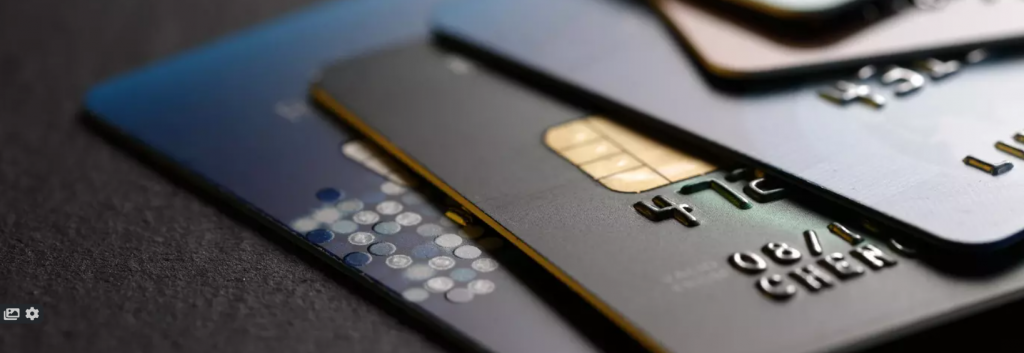Metal payment cards have become the hottest ticket in town, aiming to reach high-value and trend-driven consumers.

Back in 2019, Apple launched its credit card product which reinvented the payment space. Unlike a typical credit card, the titanium card with its sleek and minimalist design was rapidly seen as the must-have status symbol for those with an enviable credit rating. However, what wasn’t mentioned with the launch of the Apple credit card was what it meant for the future of payments in an era when digital payment services are starting to gain traction across the globe.
Apple’s decision to launch a physical card, accompanied by the surge in demand from consumers, made it clear that payment cards aren’t likely to disappear anytime soon. Now more than ever, the financial sector must respond with products and services that deliver convenience, control and speed. They can stay relevant to consumers by enabling secure and easy digital transactions.
Today, the payment industry is in a period of fierce competition as challenger banks, mobile accounts and digital wallets battle for consumer attention. In the midst of that battle, metal payment cards have become the hottest ticket in town, aiming to reach high-value and trend-driven consumers.
Satisfying your customers desire for premium quality
Metal cards are currently an indicator of luxury status for high-value accounts – the American Express Centurion (also known as the infamous ‘black card’) was one of the first titanium cards available; however, it was invitation only and cost $5,000 per year.
Since then, these cards have grown in popularity and reduced in cost, achieving top-of-wallet status for a wider range of consumers. The sleek design and heavyweight feel are an indicator to customers that they’re getting top-notch service, and a bank account with heft – helping banks to stand out from the competition.
Meanwhile, their contactless technology allows consumers to pay for goods in a touch-free transaction process that is fast, frequent, and familiar.
And of course, as we’re all doing our bit to move to more sustainable materials, those who offer them can also show that they are doing their bit for the planet with a durable alternative.
Security concerns and considerations
Despite the environmental positives, flashing a contactless metal card while paying for goods is still a symbol of high-value credit limits, and they may be a more visible target of card-present fraud. Contactless cards represented 73% of all card transactions last year, and unauthorised financial fraud losses from UK payment cards reached £395.9 million, meanwhile, card-present fraud is still on the rise.
So, while still promoting the ‘cool factor’, if payment providers are to roll contactless metal cards out to the wider market, it is important they must also make sure they are providing added security for consumers against potential payment fraud on high-value accounts.
Are biometrics the key to delivering a secure metal card?
Payment providers need to provide a competitive advantage to keep their card offering top of wallet for today’s contactless consumers. Metal cards could be the answer, but only if they are trusted and reliable.
To do this, payment providers should look to combine contactless technology with fingerprint authorisation to secure credit limits and connect the payment card to the person. When added to payment cards, biometric fingerprint authorisation is the key link in the chain of trust, providing an unparalleled level of defence for payment transactions. eliminating the incentive for theft or misuse of payment cards.
By incorporating biometric authentication, it will also remove the need for PINs and payment limits from desirable metal cards to allow them to deliver a secure, convenient and attractive card offering to the consumers of tomorrow.
Fingerprint biometric technology allows providers to secure multiple services in one card, including payments, transport, loyalty schemes and digital ID. This technology will help consumers to tap and go all from their one metal card making the product offerings even more attractive to a younger market.
Building a personal finance plan for the future
It’s no secret that metal cards are fast becoming a selling point for banks and payment providers. Yet, it’s important that consumers are confident and secure with these new payment options. Therefore, a more sustainable, safe, and timely solution is required. Payment providers must now look to integrate fingerprint biometric sensors to ensure that metal payment cards remain secure, trusted and reliable.
Source Fintech Magazine

